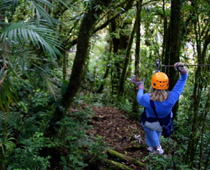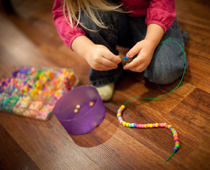
Doing Words 1 (Touch, Count)
In this Spanish Difficult Review picture quiz you will be focusing on action words or doing words, i.e., verbs. When it comes to learning a new language it seems that the ability to learn and adapt to conjugating verbs quickly in that new language is where most people have the hardest time. It does take a long time and with so many regular and irregular verbs in Spanish, it can really be hair pulling. The good news is that it will all come naturally to you one day but, until that day, the best help is to practice, practice and then practice some more. Therefore, in order to give you the opportunity to do some quick practicing, there will be a total of 5 Doing Words quick picture quizzes to get you going. The hope is that the pictures that go along with the sentences will make it a little more fun for you.
Ready for more?
not all...
quizzers. Try to win a coveted spot on our Hall of Fame Page.

















